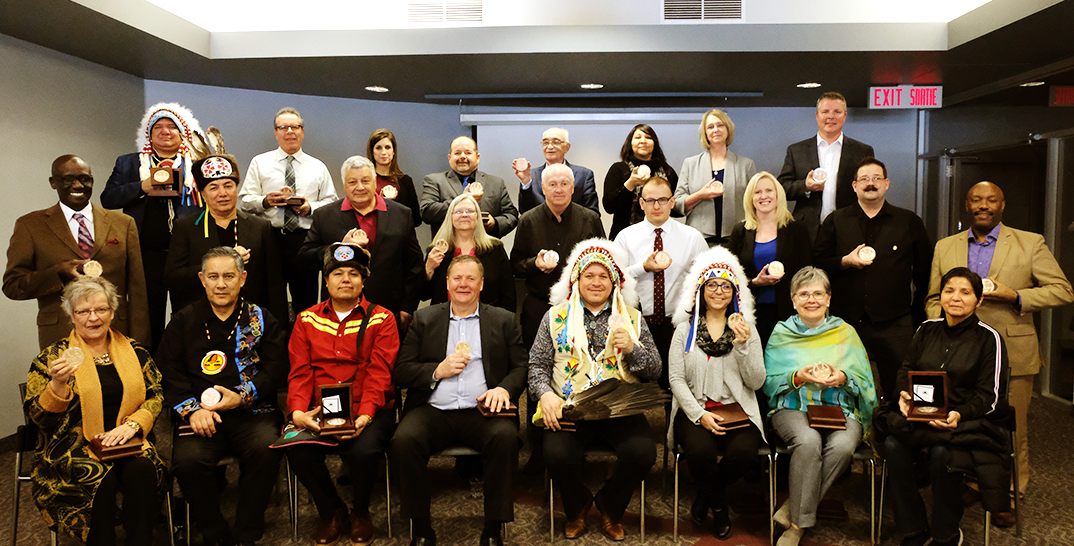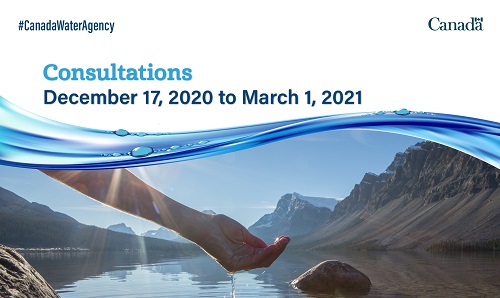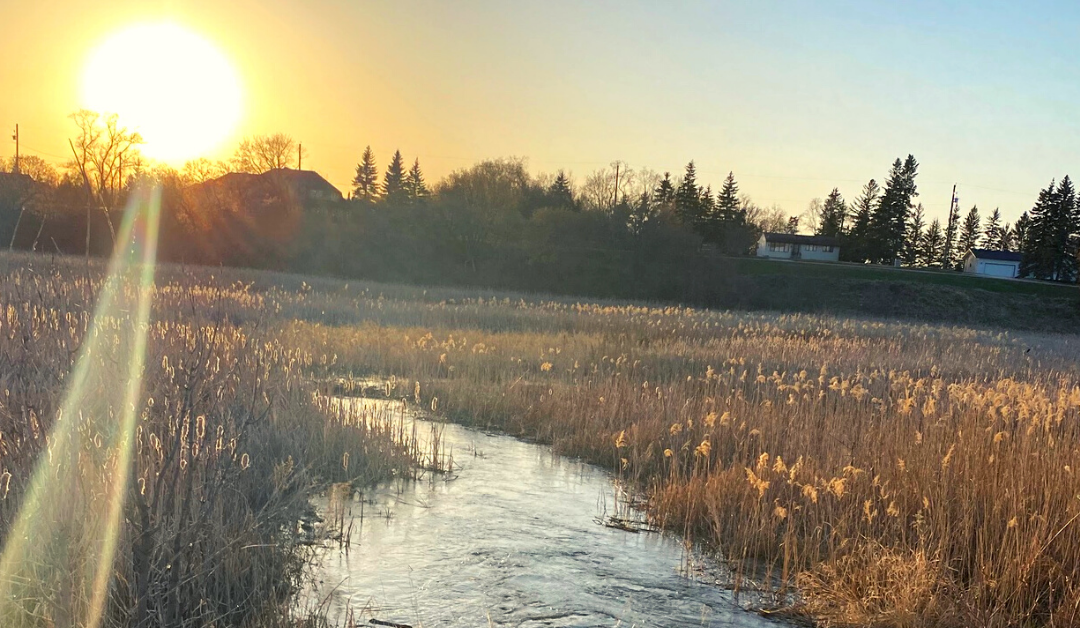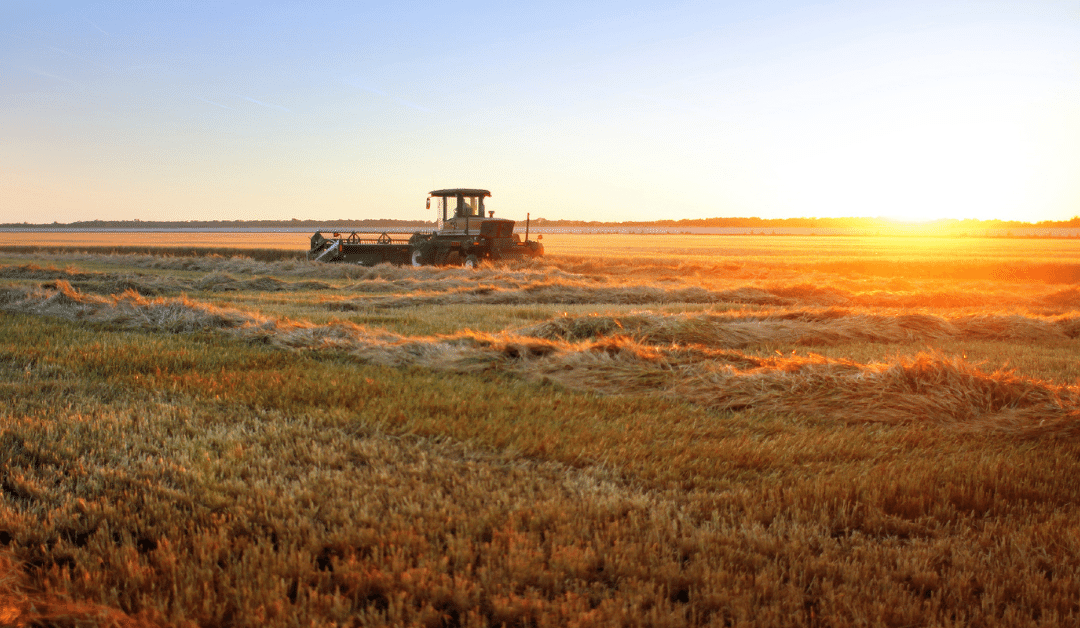What’s happening to the many freshwater resources in Canada? And, more importantly, what is being done to preserve them for the future?
The Designing the Canada Water Agency: What We Have Heard webinar event last week provided 90-minutes worth of information on water security for Canadians. In my contribution, I aimed to highlight the work that needs to happen to ensure we translate the science and research to on-the-ground solutions and actions.
Over the past 15 years that I have been involved in the conversation on water and water practices, it has become evident to me that there is a disconnect between solutions and what is actually rolling out on the ground.
My work at the local and regional level includes the ground-breaking Collaborative Leadership Initiative—an initiative made possible through a partnership between the Winnipeg Metropolitan Region, the Centre for Indigenous Environmental Resources, and the Southern Chiefs Organization.
This project brought First Nations chiefs and municipal leaders together for the first time in 150 years. For the past three years, 28 chiefs, mayors, and reeves have been working together to find and develop shared solutions to water issues.
It is increasingly clear that although there is no shortage of ideas, solutions, research, technological advances, or peer-reviewed best practice.
What there seems to be is the lack of capacity to execute.
This is not because people don’t care. Nor is it because they need more research or information or high-level cheerleading.
In my opinion this is a last mile issue. We have a connection problem. Across Canada, we have various jurisdictions that each pass the baton when it comes to water management. We have…
- The federal level—where laws and national policy are formed
- The provincial level—where legislation and regulation are enacted
- Universities and institutes—who advance our understanding
- The agencies and the NGOs—who spur and promote public discourse
And then we have municipalities, regions, and Indigenous governments—although very different levels of government, they are the jurisdictions who make decisions each and every day about water. They are the ones who plan, finance, build, and manage…
- drinking water systems,
- water revisors and storage capacity,
- wastewater treatment systems,
- drainage, retention, and irrigation structures, and
- infrastructure to ensure communities are protected in the face of a changing climate.
These jurisdictions hold water in their hands each day. They are the ones charged with implementing the solutions.
Municipalities, regional governments and Indigenous governments are passed the baton from the other jurisdictions—but with the limited capacity, very few can go that last mile.
With this in mind, the last mile needs to be better organized and coordinated across jurisdictions—and capacity deficits must be filled.
The last mile requires stewards and wayfinders to ensure the newest technological advances and research is being tested and implemented.
The last mile needs sustainable procurement processes including updates to bid documents and tendering processes to support new technologies getting to the market.
The last mile needs the ability to take advantage of economies of scale—taking into account the affordability factor.
The last mile needs new governance practices like the Collaborative leadership Initiative to support interjurisdictional cooperation and reconciliation.
The last mile needs a bridge across the capacity gap to ensure taxpayers are getting the best bang for their buck.
Having a Canada Water Agency can do just that.
A Canada Water Agency could and should take on the role of a national convener on water—a coordinating body and funding agent. If done right it could:
- support the planning and advancement of technology and infrastructure,
- coordinate investments, matching research and best practice with communities who could benefit from it the most as well as communities who can implement and be proud of water pilot projects,
- support economic growth and development. If we organize ourselves to actually treat water like it is the most valuable resource we have, we will be noticed by site selectors and progressive companies who can bring capital to support jobs in technology, food production, and research—supporting the Canadian economy.
I believe we can be really good at this!
A Canada Water Agency could and should work with agencies like Federation of Canadian Municipalities or take over the role to design and fund water and green infrastructure projects nationally to ensure last mile support in the most effective way.
Having a Canada Water Agency is critically important if we are going to address our shared water-related opportunities and challenges, and build strong and sustainable communities for all.
Ultimately, having a national convener like the Canada Water Agency will build the capacity needed so we can stop dropping the baton in the last mile.










0 Comments